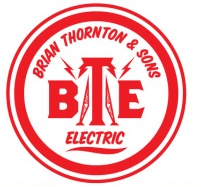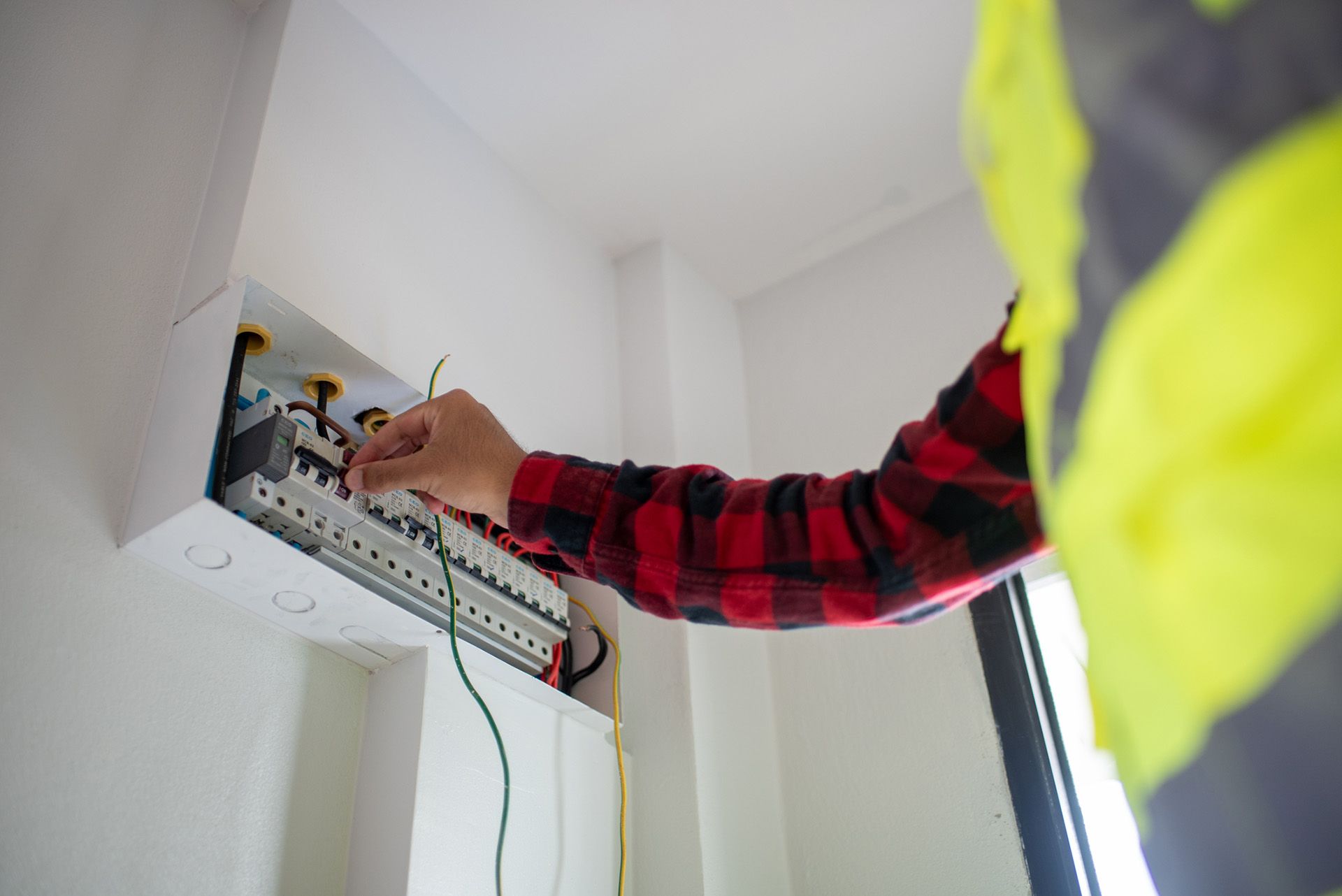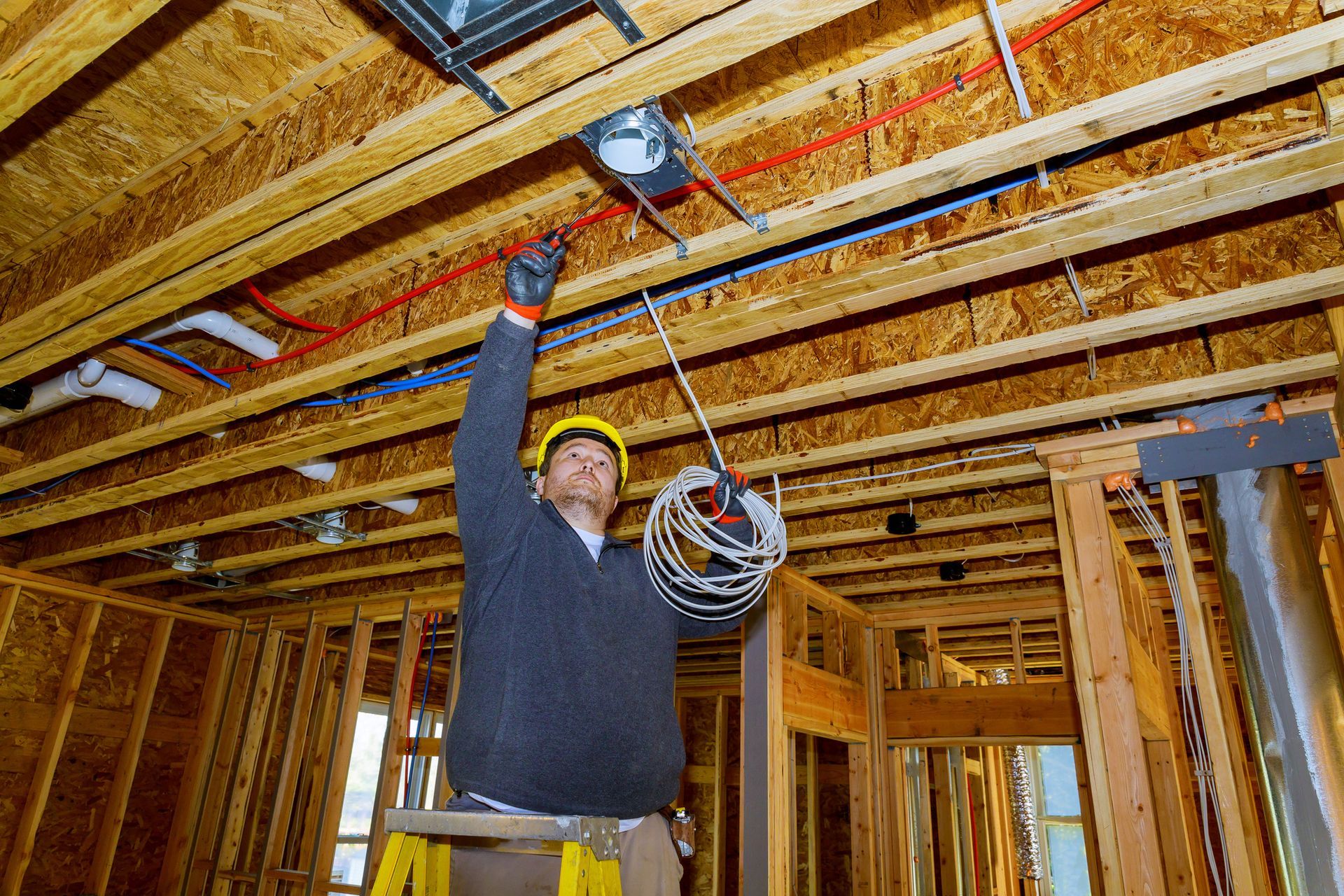118 Sheeder Rd Phoenixville, PA 19460
Brian Thornton & Sons Electric
Over 35 Years of Experience Family Owned and Operated
CALL US TODAY!
A Fully Licensed & Insured Electrician. | PA ID #PA047718
Blog
Browse our website
Contact Information
Address:
118 Sheeder Rd, Phoenixville, PA 19460
Email: briantelectric@aol.com
Phone: 610-495-6347
Available 24/7
Email: briantelectric@aol.com
Phone: 610-495-6347
Available 24/7


Serving King of Prussia and surrounding towns.
Images provided on this website are for personal, non-commercial use. Republication, retransmission, or reproduction of such images is strictly prohibited.



